February 2024
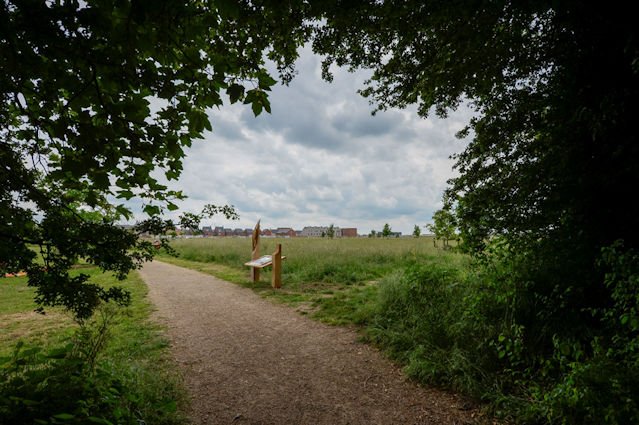
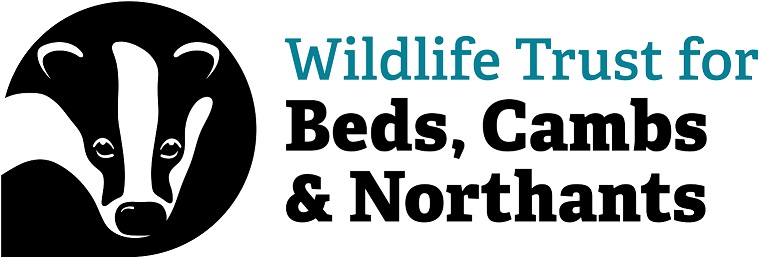
Summary of the presentation given by Iain Webb (Community Conservation Officer (Cambridgeshire), Wildlife Trust for Bedfordshire, Cambridgeshire and Northamptonshire) at the Local History Group meeting about South-West Trumpington: 5000 Years from Prehistory to Trumpington Meadows, held on 29 February 2024. Summary by Andrew Roberts, with thanks to Iain for permission to quote from his talk and reproduce a few of his many images.
Iain Webb opened his talk by referring to the previous presentations at the meeting by Andrew Roberts and Randall Evans, which had shown the historic use of the land and how much that affects what we see today. He said that he preferred to use the name Trumpington Meadows Nature Reserve rather than Trumpington Meadows Country Park. Some of the wildlife in the land has been long-established and more has settled there since the Reserve opened. In this climate and biodiversity crisis, diverse wildlife is so important, including common species.
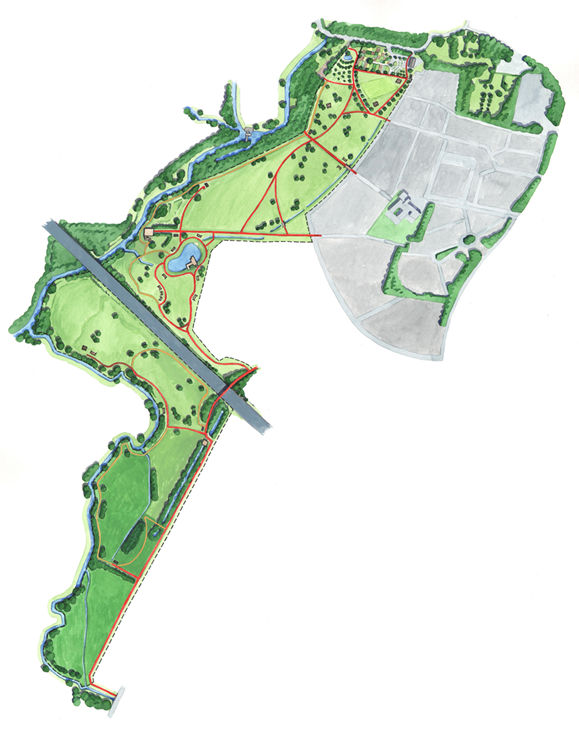
The Wildlife Trust took on the management of Trumpington Meadows Nature Reserve in 2015 and it covers 148 acres. Some areas were existing habitat, including the coprolite ponds; the southern bund along the M11 (best for butterflies); Old Mill Fields, an undisturbed wet grassland habitat near the river; mature hedgerows; and the old railway track which was another important resource. Species have now spread from these areas and the new habitats have benefitted. The river has been an invaluable boundary, providing a water environment and enriching the species mix.
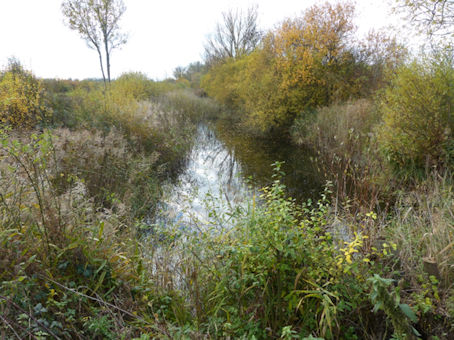
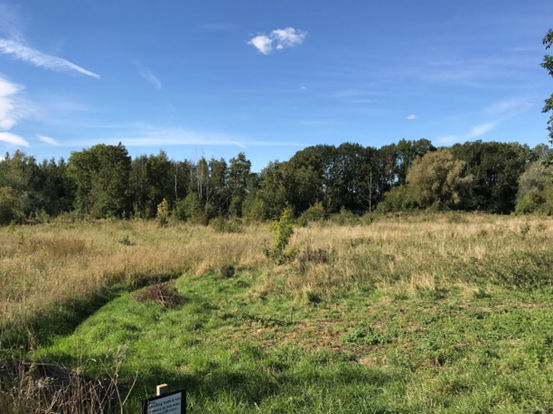
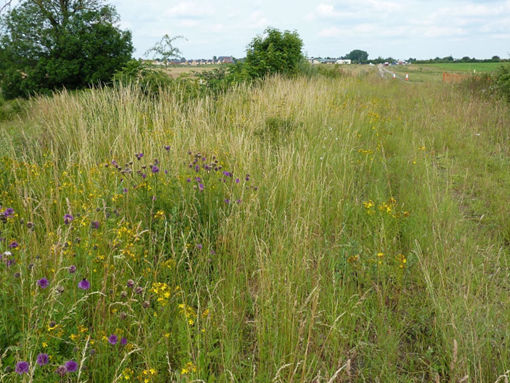
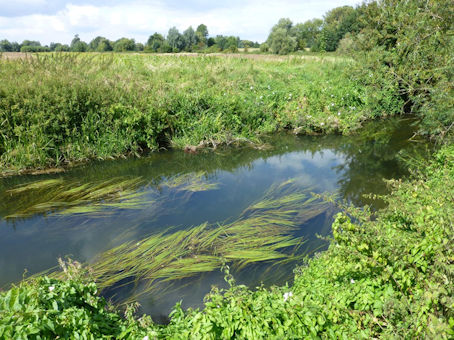
The team had established 100 acres of grassland, with a controlled species mix to kickstart the development of the habitat. This diverse base supported a diverse food chain. There had been two types of seed mixture: flood plain, but a lot of this had been lost due to flooding; and drier grassland, which provided a really important habitat of species rich grass. There had also been tree planting. The large pond was a fabulous habitat, part of the surface area flood attenuation scheme (SUDS), designed to hold drainage from the housing development to reduce the risk of flooding downstream.
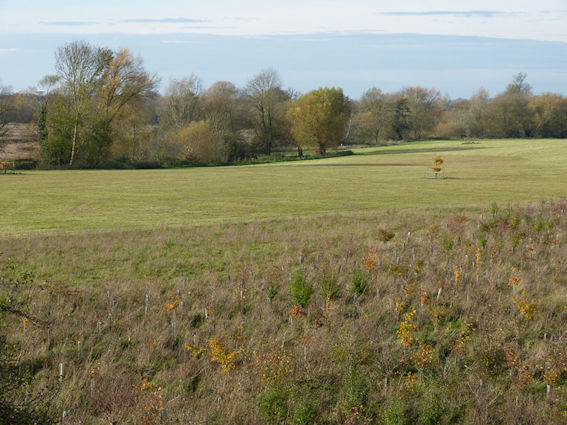
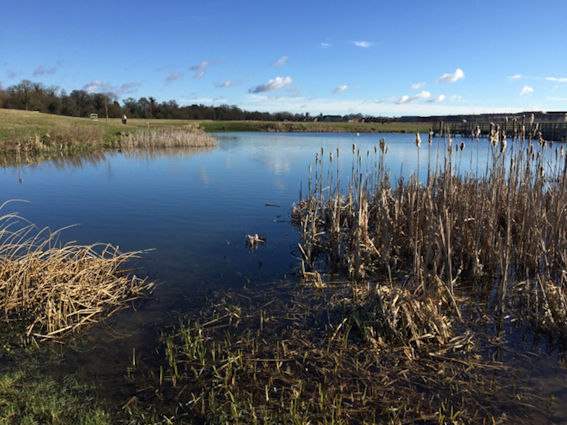
Iain explained that he no longer worked on the Reserve but he had a long-term knowledge of the area. He had undertaken work experience at the Plant Breeding Institute in the 1980s and had worked on the current project and continued to lead monthly wildlife walks. The existing Wildlife Trust team, led by Becky Green, managed the land, such as cutting the grass for hay, and used contractors when needed, such as for pollarding willows. Volunteers also made a valuable contribution. The Trust engaged with corporate partners, who helped with work days. They used livestock on the meadows, with cows in the southern area.
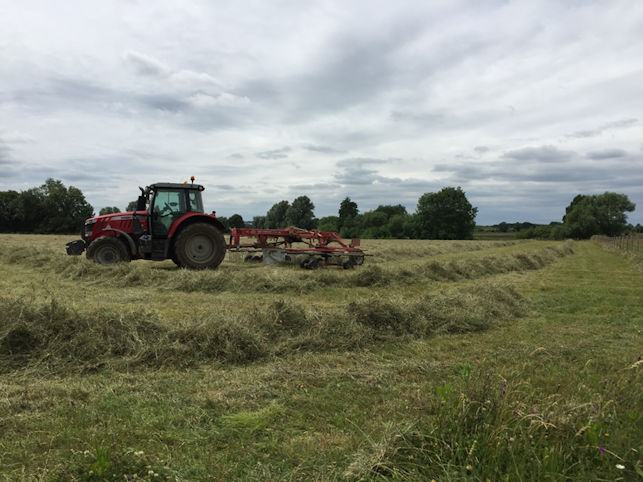
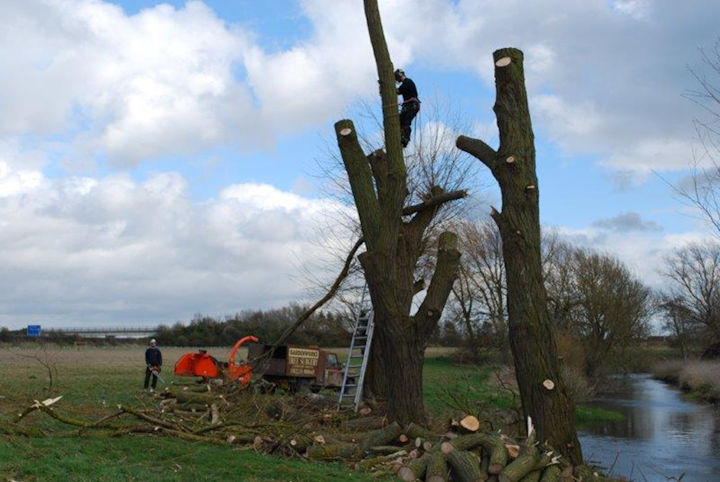
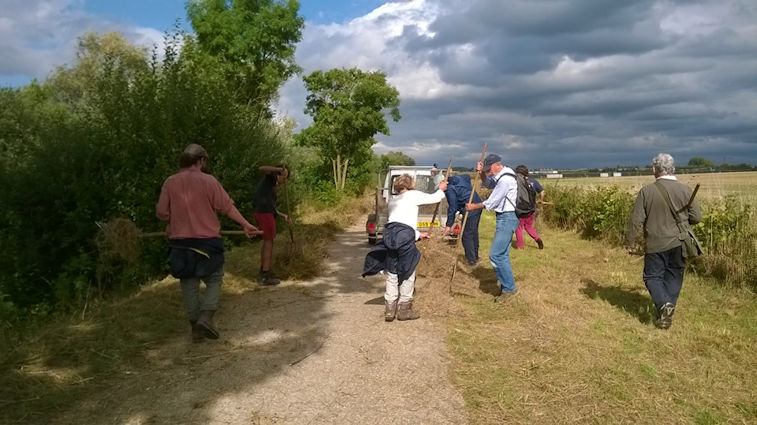
Iain said that the increased public use of the land had been beneficial to wildlife.
He gave examples of the work that was being carried out and the diversity of species on the Reserve, including:
• 56 species of mosses and liverworts, many on mature trees;
• 75 species of lichens;
• 9 species of dung beetle, dung from livestock is a valuable environment for beetles;
• fungi starting to develop in the grassland, with new species being identified each autumn, now over 87 species;
• the chalk-fed river, with 15 species including brown trout, with work carried out to enhance the habitat for invertebrates and fish and improvements in water quality;
• improvements to the fish ponds in the Byron’s Pool woods;
• the large pond was a great habitat for frogs and toads and toads had spread to the coprolite ponds;
• 3 species of amphibian;
• reptile surveys, with a good presence of grass snakes;
• over 650 species of insects;
• moth trapping, with the results being checked every Thursday morning, with over 200 species including hawkmoth;
• 28 species of butterflies, including small copper, small heath, common blue, marbled white, small tortoiseshell, painted lady, white letter hairstreak (dependent on elm trees), green hairstreak (dependent on hawthorns, population along the railway track near the river), small blue (two populations have become established, eggs laid on kidney vetch in the chalk grassland);
• 27 species of mammal, including hedgehog, harvest mouse, brown hare, water shrew, water vole, bats;
• 124 species of birds, including a significant number which were in decline nationally, including skylarks throughout the meadows; linnets, with a wintering flock near the site of the shepherd’s cottage; yellowhammer; grey partridge; moorhen; little grebe; mistle thrush; greenfinch, chaffinch; starling; swifts, with boxes placed on the gable end of the office in April 2017, resulting in a pair nesting that year, now with a webcam;
• other species including wasp spider, ivy bees, pyramidal orchid.
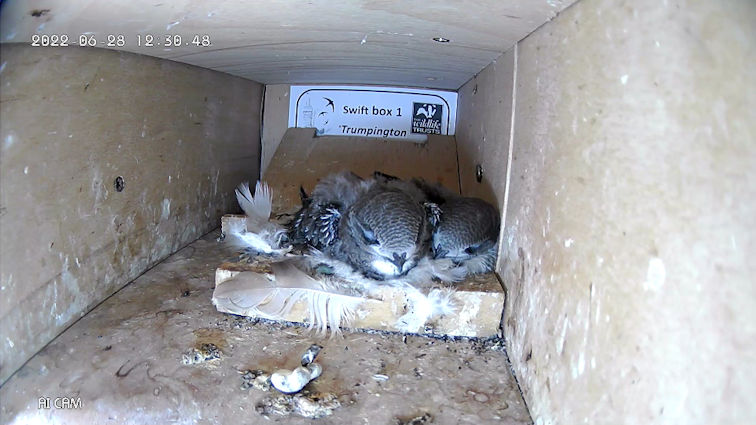
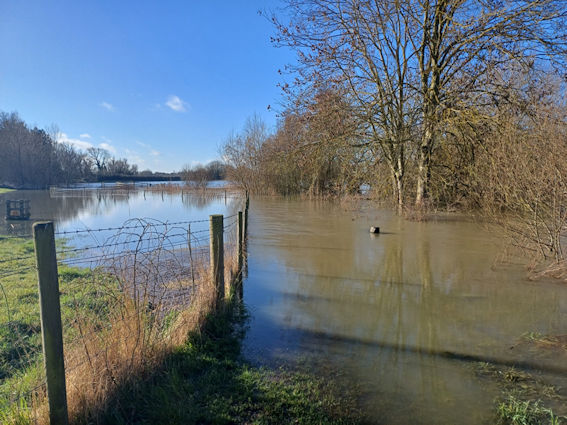
Iain added that he would like to see more flooded areas, which would support species such as lapwing and snipe.
He concluded by stressing the value of the Nature Reserve, midway between major landscape areas. He encouraged everyone to be a member of the Wildlife Trust.
Questions and comments
Michael Hendy (formerly of the Plant Breeding Institute) added some new information about the PBI. He said that they had wanted to use water from the river for irrigation and Fisons had supported this by improving water quality from its plant which was further upstream. He added that 87 mink were removed at that time. Michael said that the access road to the Wildlife Trust office and the allotments from Grantchester Road had been funded by Waitrose, when they wanted to close off the original access road, at a cost of £136,000.
Howard Slatter asked about the establishment of the new grassland. Iain said that the land had needed to be sprayed with herbicides before being planted with the target grass species. Since that action, the grassland had become well established.
Howard thanked Iain for a fascinating talk.